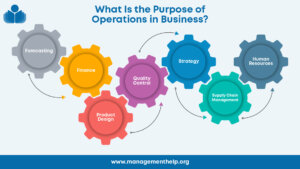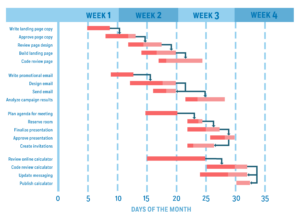Guest Post by Danielle Garza
We’ve all been there before. When it has to happen it can be a frustrating process to go through, but it happens to all of us at some point: a highly visible or mission critical project in midstream needs to have one or more key project resources added or replaced. And we all know that how we handle this process on our project and with the client can mean the difference between success and failure on the engagement.
Company resources need to be replaced for a number of reasons. Maybe a key project resource was needed quickly on a new project. Perhaps an employee left the company to accept a job with a competitor. Or it may be a case where an employee was let go from either the company or possibly just the current project due to performance issues. Whatever the reason may be, leadership is now faced with the critical task of onboarding a replacement, earning client acceptance, and getting the new resource up to speed and productive as quickly as possible so the progress on the project isn’t hindered and so the project customer continued to see seamless delivery.
To ensure that this happens, some key steps should be followed. Let’s assess these in detail:
1. Find the replacement.
When it comes to identifying a viable candidate, usually there isn’t a shortage of talent – the key is to find the right talent and ensure they can be available to fill the project role for the duration of the engagement. The last thing you want is to make yet another change farther down the road.
The hope is that you’ve already informed the client that a change is in the works at this point. If not, this happens to be an appropriate time to do a quick introduction of the new project team member to the client. Give the client a summary of the new team member’s experience and background, as well as identify the key experience that makes them a qualified member of this team for this project. The goal is to instill as much confidence in the client as possible.
2. Transfer knowledge.
Secondarily, perform as much knowledge transfer as you possibly can to the new team member. The best source of information for the onboarding resource is obviously the outgoing team member, however a call on the entire project team to bring the resource up to speed during an internal team meeting will suffice. And supply the new resource with the latest project info including the latest project status report, the latest project schedule, the current issues list, and the statement of work and kickoff materials from the start of the project. They need to know the status of projects, what they will be held responsible for, and what the overall goals and objectives and high-level requirements are.
3. Educate and shadow the new resource.
The next steps should include a ‘shadowing’ period of 1-2 weeks where the new resource remains in the background on status calls with the client while they are being brought fully up to speed. This makes the transition as seamless as possible for the project client while also setting up the new resource to be as knowledgeable and productive as possible when they take over the role.
4. Move to full productivity.
Finally, what must take place is the move to full responsibility client facing. At this point they are fully independent in the new role and are representing the team during key client conversations and participating as expected during the regular weekly project status calls with the client.
Summary
The bottom line is that if leadership and the project manager follow a carefully planned path similar to what we’ve discussed here, then the transition from the old to the new should end up being handled efficiently and effectively. The goal is to keep customer confidence and satisfaction high during a transition like this, and by following a planned process that includes the steps described above rather than rushing a replacement in too fast with poor preparation, the project manager is much more likely to achieve that goal.
Danielle Garza writes articles for Tenrox cloud-based project management software.
 Sections of this topic
Sections of this topic













